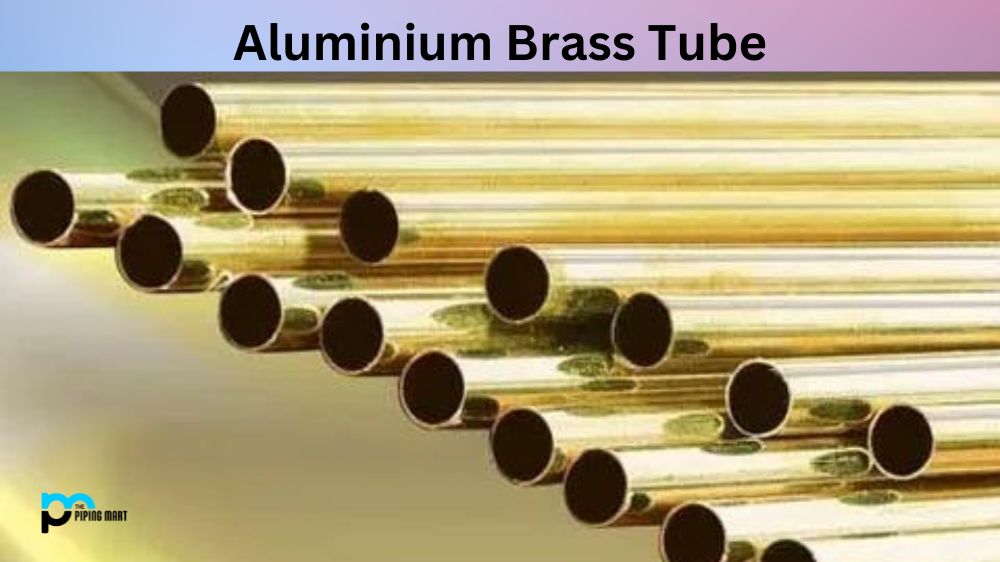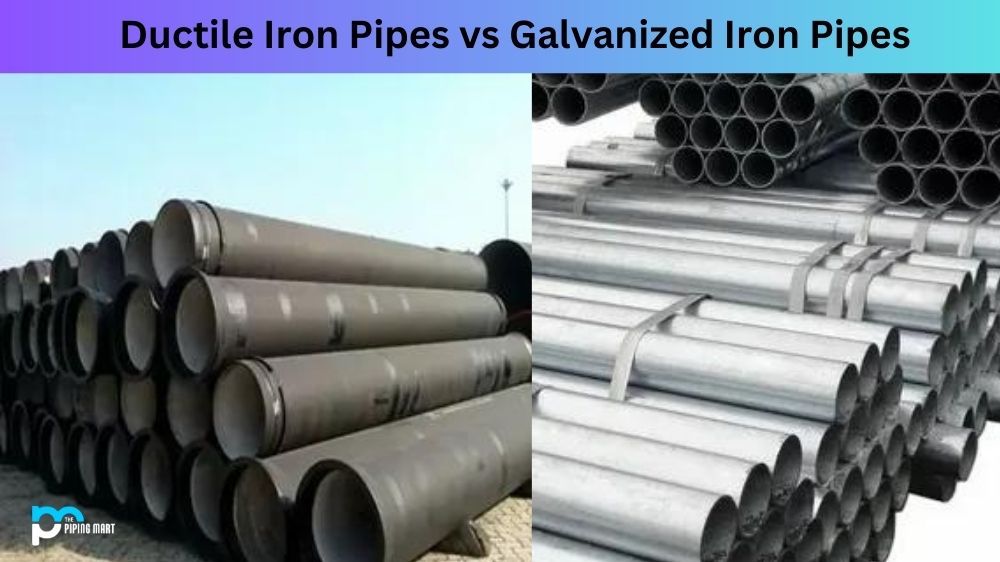Regarding steel pipe specifications, two major standards are usually used in different parts of the world: ASTM and EN. Both standards are widely acceptable and recognized in the steel industry but differ. Understanding these differences is essential, especially if you want to choose the right pipe material for your project. This blog post will dive deep into the differences between ASTM and EN pipe specifications and examine what sets them apart.
Understanding the Differences Between ASTM and EN Pipe Specifications
Origin:
One of the most significant differences between ASTM and EN pipe specifications is their origin. ASTM (American Society for Testing and Materials) is an organization that was established in the United States, while EN (European Norm) is a standard that the European Union developed. This implies that ASTM pipe specifications are more prevalent in the United States and other parts of the world that rely on American standards, while EN pipe specifications are widely accepted and used in Europe and other parts of the world that rely on European standards.
Material Properties:
Another huge difference between ASTM and EN pipe specifications is their material properties. ASTM pipe specifications are based on various characteristics, such as chemical composition, yield strength, tensile strength, and hardness. On the other hand, EN pipe specifications also consider material toughness, impact resistance, and ductility, among other properties. This means EN pipe specifications are more comprehensive and detailed regarding material properties and suitability for different applications.
Manufacturing Process:
ASTM and EN pipe specifications also differ in the manufacturing process. ASTM pipe specifications apply to welded and seamless pipes, while EN pipe specifications are categorised into welded and seamless pipes. Seamless pipes are generally produced using hot-rolled or cold-drawn methods while welding metal sheets fabricate welded pipes. EN specifications also take into account the use of heat treatments for the production of certain types of pipes, which is not a requirement for ASTM pipe specifications.
Acceptance criteria:
The acceptance criteria for ASTM and EN pipe specifications also varies. ASTM pipe specifications are generally more stringent and require tighter tolerances, which means that pipes must be tested and validated to strict specifications to be considered up to standard. On the other hand, EN pipe specifications allow for greater tolerances, which means that pipes may be considered up to standard even if they do not meet all the specific requirements.
Design and Application:
Finally, ASTM and EN pipe specifications have different design and application considerations. ASTM pipe specifications are generally used in various industrial applications, including oil and gas, refineries, petrochemicals, and power generation. EN pipe specifications, however, are more suitable for high-pressure, high-temperature applications, such as those found in the chemical, pharmaceutical, and food and beverage industries.
Conclusion:
While both ASTM and EN pipe specifications have their strengths and suitable applications, it is essential to understand their differences to make an informed decision when choosing the right steel pipe for your project. ASTM pipe specifications are well suited for industrial applications, while EN pipe specifications are more comprehensive and detailed, focusing on high-pressure and high-temperature applications. Whichever standard you choose, understand your requirements and work with an experienced supplier to get the right materials for your project.

Meet Bhavesh, a seasoned blogger with a wealth of knowledge and experience. From metal products manufacturing to retail, Bhavesh has a diverse background in various industries and is dedicated to sharing his insights and expertise with readers.




